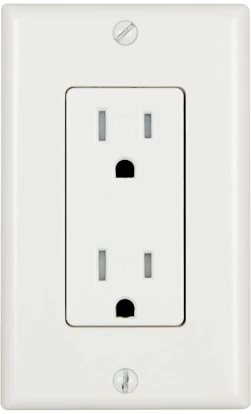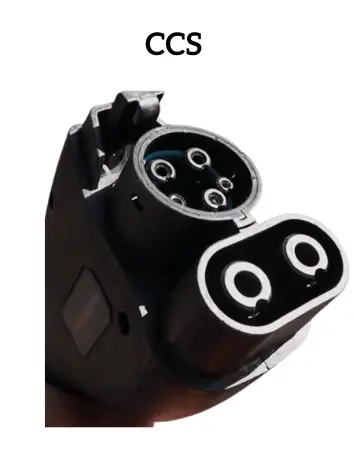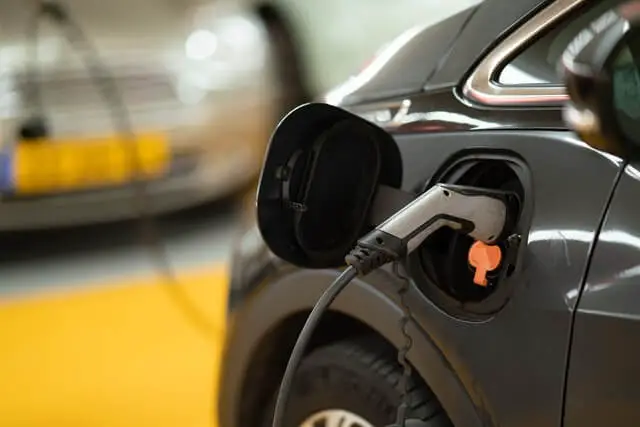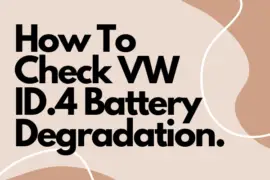Last Updated on May 30, 2023 by Rose Morah
In case you are a new EV owner, there are three basic things you need to know when it comes to EV charging:
- The different power levels.
- The different plug types.
- The different charging stations.
The good thing is that this article has covered all that, and everything you need to know about EV charging.
Additionally, it has tackled the reasons why some electric vehicles charge faster than others.
But before we dive into details …
How often do you need to charge?
How often you need to charge mainly depends on the driving lifestyle and vehicle’s range.
Where do you charge your EV?
You can charge your EV either at home or at public chargers.
Public charging is a great option if:
- You forget to charge your EV overnight at home. This mostly affects the new EV owners who are not used to this charging routine.
- If your home power goes out and you are not able to charge your EV.
- If you are going on road trips.
| NOTE: When it comes to EV charging, power is measured in kilowatts which is a standard measure of electricity. Therefore, the more the Kilowatt the faster charging. More kW = Faster charging |
Factors that affect the EV charging speed
It is important to know that charging speed varies depending on:
- The environmental conditions
- The EV
- The different states of charge
How environmental conditions affect charging speed
Different environmental conditions affect your charging speeds.
This basically means that the maximum charging speed will depend on the battery temperature.
If the battery is cold, especially in cold seasons, this slows your charging speed.
This is why it is recommended that you pre-heat your battery before arriving at your charging stop.
How the EV and the different states of charge affect charging
To break this down, as you may be aware, electric vehicles come with different battery sizes, which affect their charging speed.
This is the reason why Volkswagen ID.4 takes about 34 minutes to charge from 10% to 80% while Bolt takes about 60 minutes to charge from 10% to 80%.
Other factors that affect EV charging speeds include the type of charger and the energy provider.
This is because the chargers are usually split into different power levels, which takes us to the next point.
See the different types of electric vehicles (EVs) and which one you should buy.
See also:
Nissan Leaf Charging Guide (Best Charging Tips and Tricks).
How To Check Nissan Leaf Battery Health (Battery Degradation Status)
| In Simpler Terms The maximum charging speed is determined by the level of the EV charger and the vehicle. For example; When you plug an EV that can take up to 150kW into a 250kW charging station, this is what happens; The car will ‘communicate’ with the charger, requesting it to increase/lower the charging current to the specified amps. In this case, the car will ‘request’ the charger to increase the charging current up to a maximum of 150kW. The charger will ‘honor’ the request and only supply the 150kW even if it was capable of supplying more. However, if you plug your EV at a charging station that provides less than 150kW, the EV will request the 150kW but the charger will only allow what it is capable of supplying, which is less than what the EV is requesting. This means that the EV will have to accept whatever amount of power it is supplied. |
Related: How Do EVs and EV Batteries Work?
Types of EV Charging
The following are the 3 different levels of EV chargers:
- Level 1
- Level 2
- DC Fast Charging
The table below shows the difference between these types of charging.
| LEVEL 1 | LEVEL 2 | DC Fast Charging | |
| 1. | Slowest EV charging | Medium-speed EV charging | Fastest EV charging |
| 2. | Power levels range from 1kW. EVs can gain up to 3 to 5 miles of range per hour. For example with power levels of about 120V, you will gain about 5 miles of range per hour, depending on the EV type. | Power levels range from 4kW to 20kW. For example, a power level of about 240V, which is closer to a home washing machine, can gain about 25 miles per hour on Nissan Leaf, which would take about 5-6 hours to fully charge. | Power levels range from 50kW to 350kW. Some EVs can take about 20 to 30 minutes to charge to 80% with this level of charging. |
| 3. | Expect lower electricity costs, when charging from home. It uses lesser power compared to a level 2 charger, especially when charging during off-peak times. | More home electricity costs spend compared to level 1 home charging. | It can be expensive to fast charge on a daily basis. It is also not healthy for your car’s battery. |
| 4. | In most cases, you will have infrastructure costs for installing a home charger. This is because the level 1 charger uses your normal house sockets for the plugin. | You will have to factor in the infrastructure cost when installing a level 2 home charger. | No need to factor in the infrastructure costs. This is because they are usually public chargers. |
| 5. | Best for EV owners who do short daily commutes. For example, those who cover about 30 miles a day. | Best for EV owners who want faster home charging, more range, and want to gain enough charge during off-peak times. | Best for road trips. especially long road trips. |
| See also: What To Know Before Buying a Nissan Leaf. How Long Does it Take To Charge Chevy Bolt? (Complete Charging Guide). |
Here is an example of a level 1 socket.

A few key points to note:
If you are planning to buy an electric vehicle, I would recommend you go for one that allows at least 100kW -150kW.
And if you will be doing long-range driving get an EV with more range.
Other than the level of charges, it is also important to familiarize yourself with the different types of EV charging plugs, which takes us to the next point.
See also: How To Find Free EV Charging Stations In The US and Europe.
Types of EV Charging Plugs
If you are looking to buy an EV, it is important to know the type of charger it supports because public chargers use different types of EV charging plugs.
Well, you don’t have to know all the plug types available, you only need to be familiar with what’s going to work with your car.
There are different types of charger plugs. However, we are only going to cover the 4 main plug types that you need to be aware of:
- J1772
- CCS (Combined Charging System)
- CHAdeMO
- Tesla connector
- J1772 (J Plug)
Most EV owners like to refer to it as J Plug.
J1772 is the most common plug type for most Electric Vehicles except Tesla.
However, Tesla does have an adapter that you can use to charge your tesla with the J1772 plug type.
This type of charger is limited to level 1 and level 2 charging.

See also: What to know before Running an EV Charging Cable Across The Pavement.
- CCS (Combined Charging System)
It is supported by all the new EVs except Nissan Leaf. It is also used for faster charging.

- CHAdeMO
This type of charger is also used for fast charging. However, it is slowly going out of the market because most new EVs are now using CCS. It will probably not be around in the future.
CHAdeMO is commonly found on Nissan Leaf and some of the old EVs.
- Tesla connector
The Tesla connector supports all the 3 levels of charging. However, if you want to charge a Tesla at a non-tesla charging station, you will need to have an adapter.
NOTE: Tesla comes with the J Plug adapter. So, you are able to plug on the non-Tesla level 2 chargers at public charging stations.
So, we are done with basically everything you need to know about charging, but one common question that most new owners asked is;
See also: Tesla Home Charging Guide (Tesla Charging Tips).
How do you prevent range anxiety and stress when it comes to charging an EV?
The best answer is planning. There are very good EV trip planner apps that can help you plan your charging stops in advance before your trip. This makes it less stressful when driving and charging your EV.
Additionally, a good EV route planner will allow you to filter your charging stops based on the types of chargers available at a charging station.




